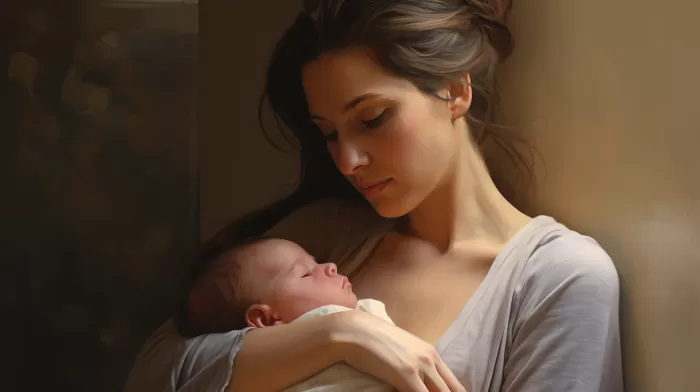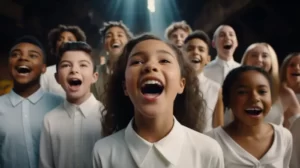It’s a well-known fact that most mothers, regardless of being right- or left-handed, cradle their babies to the left side. However, you might be surprised to learn that if a mother cradles her baby to her right side, it may indicate that she is under extreme stress. According to a study conducted by Durham University in England, a new mother’s baby cradling habits can be a key indicator of whether her stress levels may become overwhelming and potentially lead to depression.
The Research Study
To explore this intriguing hypothesis, the scientists at Durham University decided to study 79 new mothers and their babies, with an average baby age of 7 months. In order to observe the natural cradling habits of these mothers, the researchers visited their homes and asked them to pick up their babies and cradle them in their arm. The mothers also filled out a survey that assessed their mental state at the time.
Throughout the research process, it was important for the researchers to demonstrate that there was no link between the mothers’ cradling side preference and their left- or right-handedness. This would help prove that the baby cradling habits are influenced by the mothers’ stress levels, rather than simply being a result of their dominant hand.
The Findings
The study found that among the mothers who expressed no signs of stress or depression in the survey, a whopping 86 percent preferred to hold their babies to the left. However, the researchers noticed that cradling babies to the right was more common among mothers exhibiting signs of stress. In fact, 32 percent of the stressed mothers showed a right-sided cradling bias.
Possible Reasons for Right-Sided Cradling Bias
Although the study didn’t explore the reasons behind the right-sided cradling preference of stressed mothers, there are a few possible explanations. One such theory suggests that cradling the baby to the right side might give the mother a chance to use her left hand, which is controlled by the right hemisphere of the brain, therefore allowing her to better respond to her baby’s needs.
On the other hand, some experts believe that holding the baby to the right can impair the mother’s ability to interpret her baby’s emotional signals since the left hemisphere of the brain, which is responsible for processing emotional cues, would get less visual input.
Regardless of the reasons, the fact remains that right-sided cradling seems to be more associated with stressed and potentially depressed mothers.
Practical Implications and Further Research
This study provides valuable insights that can help health care professionals monitor the mental well-being of new mothers more effectively, by observing their baby cradling habits. By paying attention to the side on which mothers hold their babies, doctors and nurses could identify mothers who are at greater risk of developing stress-related issues and offer suggestions for ways to cope.
However, it’s important to note that this study only identified the correlation between right-sided cradling and increased stress levels but didn’t explore the potential reasons or the causal relationship between the two. It also doesn’t mean that every mother who cradles her baby on the right side is stressed or depressed. Therefore, further research should be conducted to better understand the underlying factors that lead stressed mothers to cradle their babies to their right side.
Providing Support for Stressed Mothers
The findings of this study create an opportunity for friends, family members, and health care professionals to offer much-needed support to new mothers who may be struggling with stress. Offering a listening ear and practical assistance, like helping with household chores or giving the mother a break from caring for her baby, can go a long way in alleviating her stress.
You may also want to read this article by HelpGuide on stress management for parents of newborns, which provides some excellent advice and coping strategies.
In conclusion, the baby cradling habits of a new mother can tell a lot about her mental state, and proper support can go a long way in helping her manage the stress that comes with taking care of a newborn. By raising awareness about this potential indicator of stress, we can better support the mental well-being of new mothers and help them enjoy the joys and challenges of motherhood.



